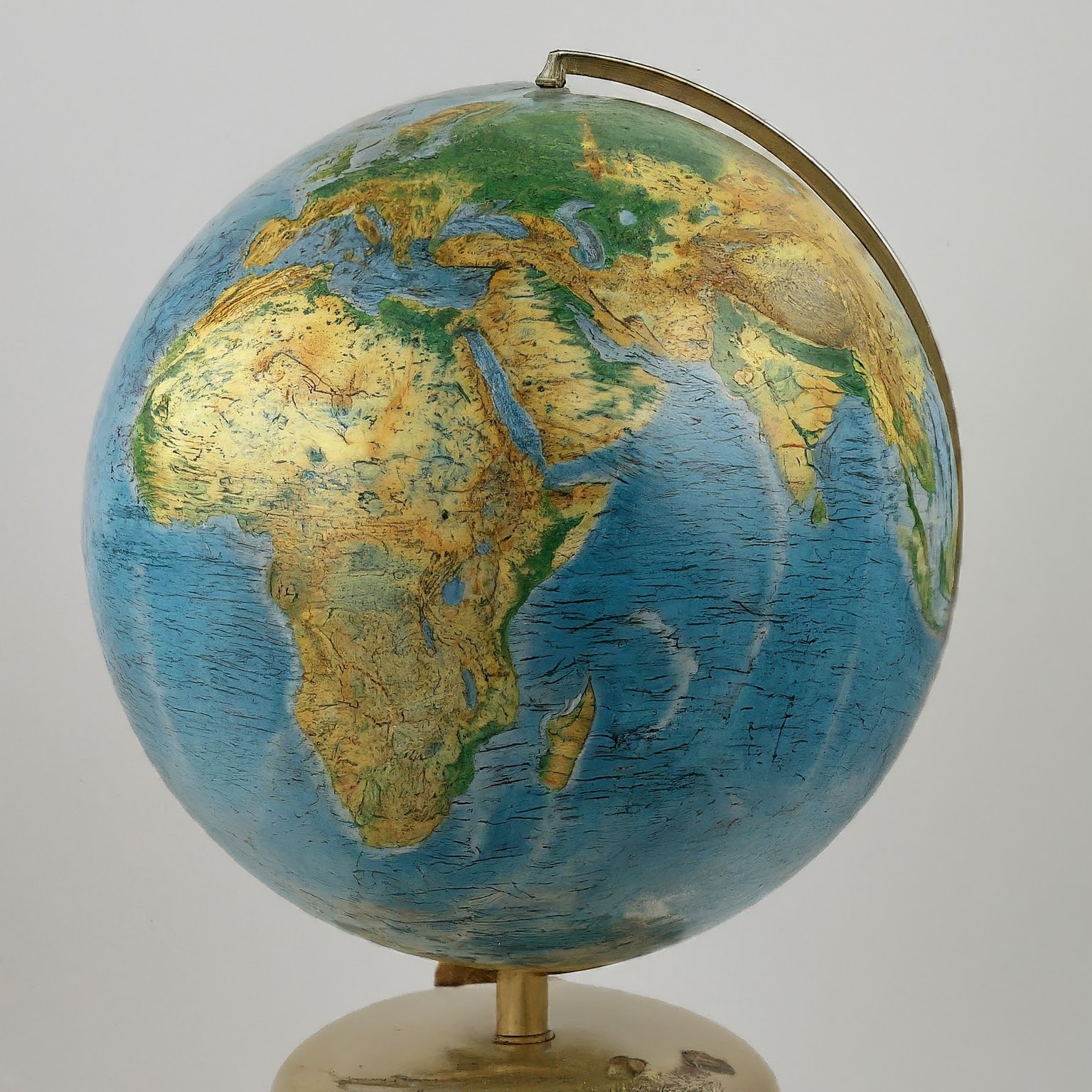In today’s interconnected world, the ability to communicate with people across borders is more important than ever. Whether you’re catching up with loved ones overseas, closing a business deal with an international client, or simply exploring new cultures, knowing how to make an international call is an essential skill. This exclusive article will guide you through the process, covering everything from understanding international dialing codes to troubleshooting common issues.

Understanding the Basics of International Calling
Before you dial, it’s important to understand the basic components involved in making an international call:
- Exit Code: This is the code you dial to tell your local phone carrier that you’re making an international call. In most countries, the exit code is 00, but it can vary. For example, in the United States and Canada, it’s 011.
- Country Code: Each country has a unique country code that identifies it in the global telecommunications network. For example, the country code for the United States is 1, while the country code for the United Kingdom is 44.
- Area Code (if applicable): If you’re calling a landline, you’ll usually need to dial the area code for the city or region you’re calling.
- Local Phone Number: This is the specific phone number you’re trying to reach.
Step-by-Step Guide: How to Make an International Call
Now let’s break down the process of making an international call into simple steps:
- Gather the necessary information:
- Country code: Find the country code for the country you’re calling. You can easily find this information online or in a phone book.
- Area code (if applicable): If you’re calling a landline, find the area code for the specific city or region.
- Local phone number: Make sure you have the correct local phone number you want to dial.
- Check your phone plan:
- International calling enabled: Confirm that your phone plan allows international calling. If not, you may need to add an international calling plan or purchase a prepaid international calling card.
- Rates: Be aware of the international calling rates associated with your plan to avoid any unexpected charges.
- Dial the international call:
- Exit code: Start by dialing your country’s exit code.
- Country code: Next, dial the country code for the country you’re calling.
- Area code (if applicable): If necessary, dial the area code.
- Local phone number: Finally, dial the local phone number you’re trying to reach.
- Wait for the call to connect:
- It may take a few moments for the call to connect, especially if you’re calling a distant location or during peak hours.
- Start your conversation:
- Once the call connects, greet the person on the other end and start your conversation!
Tips for Successful International Calling
To ensure a smooth and successful international calling experience, consider these helpful tips:
- Time zones: Be mindful of the time difference between your location and the country you’re calling. Avoid calling at inconvenient hours.
- Language barriers: If you’re not fluent in the language spoken in the country you’re calling, consider using a translation app or service to help you communicate.
- Calling cards: If you make frequent international calls or want to save on costs, consider using a prepaid international calling card.
- Wi-Fi calling: If you have access to a stable Wi-Fi connection, consider using Wi-Fi calling to make international calls at a lower cost or even for free, depending on your phone plan.
- Mobile apps: Several mobile apps offer affordable or free international calling options. Explore these apps to find one that suits your needs.
Troubleshooting Common Issues
Even with careful planning, you may encounter some issues when making international calls. Here are some common problems and how to troubleshoot them:
- Call not connecting:
- Incorrect dialing sequence: Double-check that you’ve dialed the exit code, country code, area code (if applicable), and local phone number correctly.
- Network issues: There might be temporary network issues affecting the connection. Try calling again later.
- Carrier restrictions: Your carrier may have restrictions on calling certain countries or numbers. Contact your carrier for assistance.
- Poor call quality:
- Weak signal: If you’re using a mobile phone, try moving to a location with a stronger signal.
- Network congestion: During peak hours, network congestion can affect call quality. Try calling at a different time.
- Wi-Fi calling: If you’re experiencing poor call quality on a cellular network, switch to Wi-Fi calling if available.
- High charges:
- Unexpected fees: Review your phone plan’s international calling rates and any applicable fees.
- Calling card balance: If you’re using a calling card, make sure you have sufficient balance.
- Hidden charges: Be cautious of hidden charges, such as connection fees or per-minute rates that increase after a certain duration.
Making International Calls from Different Devices
The process of making an international call may vary slightly depending on the device you’re using:
- Landline phone: Follow the standard dialing sequence mentioned earlier.
- Mobile phone: The process is similar to a landline, but make sure your phone plan allows international calling.
- Computer: You can use various VoIP (Voice over Internet Protocol) services or apps to make international calls from your computer. These services often offer competitive rates and additional features.
Conclusion
How to make an international call is a valuable skill in today’s globalized world. By understanding the basic components, following the step-by-step guide, and considering the helpful tips provided in this article, you can confidently connect with people across borders and expand your horizons. Remember to be mindful of time zones, language barriers, and potential calling costs. With a little preparation and the right tools, you can effortlessly bridge the distance and communicate with anyone, anywhere in the world. Happy calling!